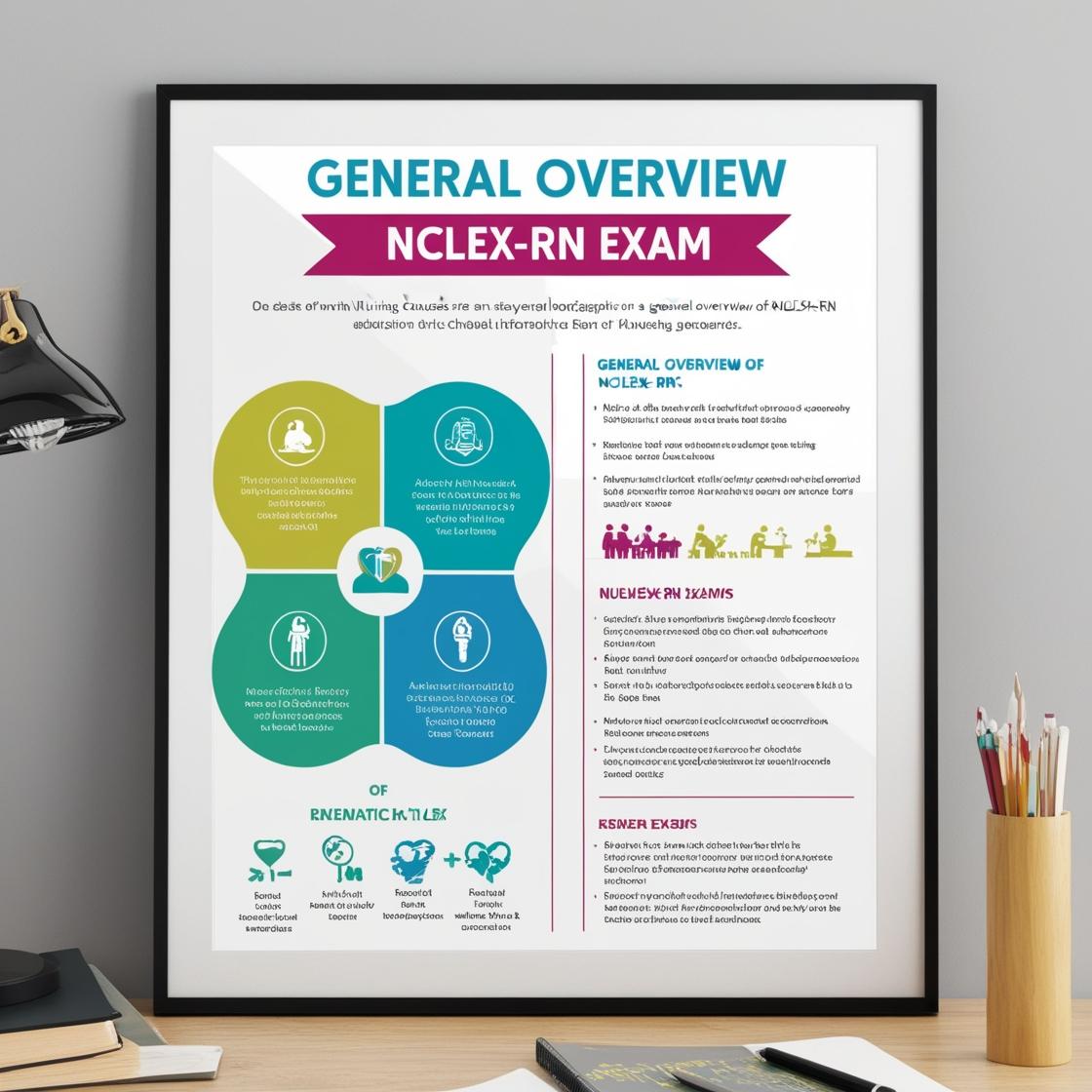NCLEX NCLEX-RN
Saunders NCLEX RN Practice Questions
1. A patient is being seen in the crisis unit reporting that poison letters are coming in the mail. The patient has no history of psychiatric illness. Which group of the following medications would the patient most likely be started on?
- A. Aripiprazole (Abilify)
- B. Risperidone (Risperdal Consta)
- C. Fluphenazine (Prolixin)
- D. Fluoxetine (Prozac)
Correct answer: A
Rationale: In this scenario, where a patient without a history of psychiatric illness is experiencing psychotic symptoms like believing in poison letters, the most suitable medication group to start the patient on would be atypical antipsychotics. Aripiprazole (Abilify) belongs to this group and is preferred due to its efficacy with fewer side effects compared to conventional antipsychotics. Risperidone (Risperdal Consta) is also an atypical antipsychotic but is usually indicated after stabilizing the patient with oral medications. Fluphenazine (Prolixin) is a conventional antipsychotic, which is less favored due to its side effect profile. Fluoxetine (Prozac) is an antidepressant and is not the first-line treatment for psychotic symptoms.
2. Which of the following types of antipsychotic medications is most likely to produce extrapyramidal effects?
- A. Atypical antipsychotic drugs
- B. First-generation antipsychotic drugs
- C. Third-generation antipsychotic drugs
- D. Dopamine system stabilizers
Correct answer: B
Rationale: The correct answer is first-generation antipsychotic drugs. These drugs are potent antagonists of D2, D3, and D4 receptors, making them effective in treating target symptoms but also leading to numerous extrapyramidal side effects due to the blockade of D2 receptors. Atypical or second-generation antipsychotic drugs, as mentioned in choice A, are relatively weak D2 blockers, which results in a lower incidence of extrapyramidal side effects. Third-generation antipsychotic drugs, as in choice C, and dopamine system stabilizers, as in choice D, are not typically associated with significant extrapyramidal effects compared to first-generation antipsychotics.
3. A patient diagnosed with a mild anxiety disorder has been referred to treatment in a community mental health center. Treatment most likely provided by the center includes
- A. Medical management of symptoms
- B. Daily psychotherapy
- C. Constant staff supervision
- D. Psychological stabilization
Correct answer: A
Rationale: Community mental health centers focus on rehabilitation, vocational needs, education, and socialization, as well as on the management of symptoms and medication. For a patient with a mild anxiety disorder, the primary focus would be on providing medical management of symptoms, such as prescribing appropriate medications and monitoring their effectiveness. Daily psychotherapy is not typically provided in community mental health centers for mild cases, as it may not be necessary. Constant staff supervision and psychological stabilization are more suited for patients requiring a higher level of care or in acute settings where continuous monitoring and stabilization are essential.
4. Which behavior observed by the nurse indicates a suspicion that a depressed adolescent client may be suicidal?
- A. The adolescent gives away a DVD player and a cherished autographed picture of a performer.
- B. The adolescent runs out of group therapy, swearing at the group leader, and then goes to her room.
- C. The adolescent becomes angry while speaking on the phone and slams down the receiver.
- D. The adolescent gets angry with her roommate when the roommate borrows her clothes without asking.
Correct answer: A
Rationale: The correct answer is when the adolescent gives away a DVD player and a cherished autographed picture of a performer. This behavior is concerning because a depressed suicidal client often gives away things of value as a way of saying goodbye and wanting to be remembered. Choices B, C, and D all involve anger and acting-out behaviors, which are common in adolescents but do not specifically indicate suicidal ideation. Running out of group therapy, swearing, and going to her room, becoming angry and slamming the phone receiver, or getting upset when her roommate borrows her clothes are not clear indications of suicidal thoughts.
5. A client is admitted with the diagnosis of pulmonary embolism. While taking a history, the client tells the nurse he was admitted for the same thing twice before, the last time just 3 months ago. The nurse would anticipate the healthcare provider ordering:
- A. Pulmonary embolectomy
- B. Vena caval interruption
- C. Increasing the coumadin therapy to achieve an INR of 3-4
- D. Thrombolytic therapy
Correct answer: B
Rationale: In the case of a client with a history of recurrent pulmonary embolism or contraindications to heparin, vena caval interruption may be necessary. Vena caval interruption involves placing a filter device in the inferior vena cava to prevent clots from traveling to the pulmonary circulation. Pulmonary embolectomy is a surgical procedure to remove a clot from the pulmonary artery, which is usually considered in severe or life-threatening cases. Increasing coumadin therapy to achieve a higher INR may be an option but vena caval interruption would be more appropriate in this scenario. Thrombolytic therapy is used in acute cases of pulmonary embolism to dissolve the clot rapidly, but in a recurrent case with contraindications to anticoagulants, vena caval interruption would be a preferred intervention.

Access More Features
NCLEX RN Basic
$1/ 30 days
- 5,000 Questions with answers
- Comprehensive NCLEX coverage
- 30 days access
NCLEX RN Premium
$149.99/ 90 days
- 5,000 Questions with answers
- Comprehensive NCLEX coverage
- 90 days access
